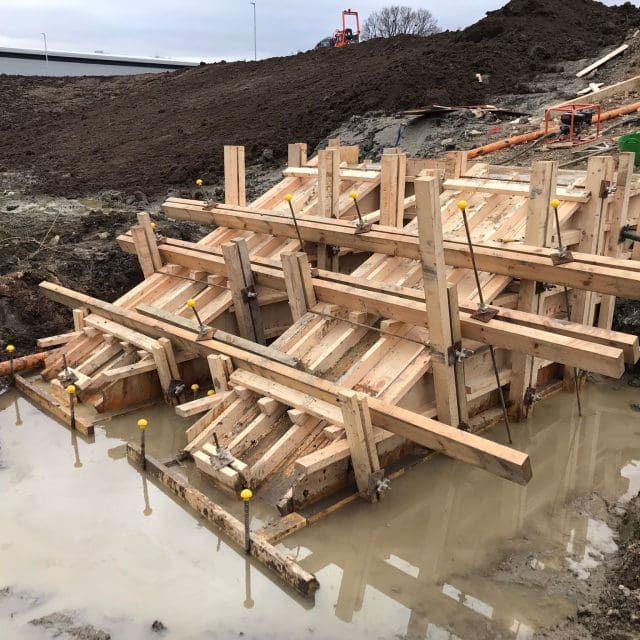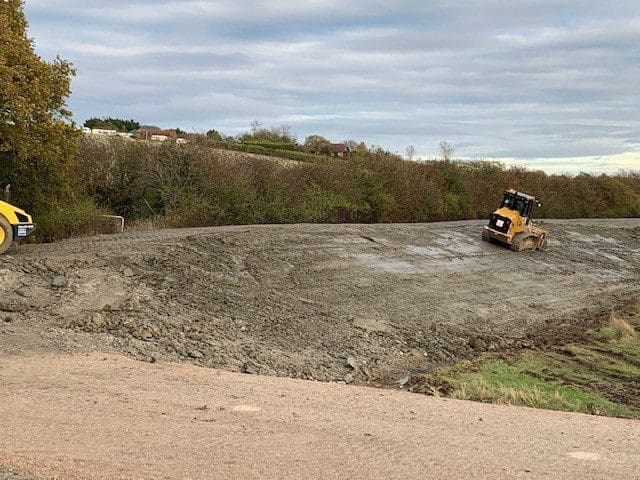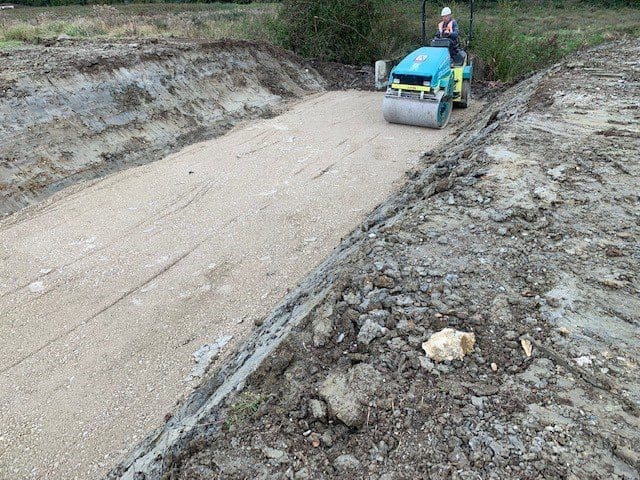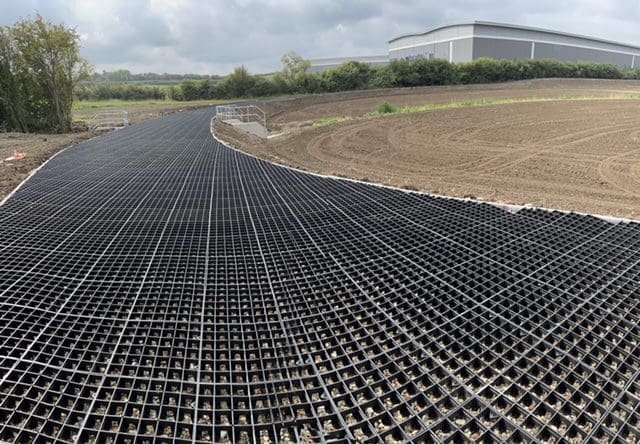Eggington Brook
Flood Alleviation and Defence
Client:
Isaac Mercer (Client being TW/BDWNT)
Location:
Eggington Brook, Clipstone
Sector:
Water board - Residential
Project Value:
£3 Million
Project Scope
- Manage IDB Communications, Inspections, Approvals & Permits
- Construction of new Earth Embankment Dam & Remedial Works
- Ecology Mitigation Management
- Temporary Works Design & Installation
- Site Clearance (Remove of vegetation & HL culverts)
- Construction & Installation of Drainage Culverts & Spillways
- Application of Bridge Deck Waterproofing System
- Application of Bituminous Emulsion Waterproofing
- Install Guardrails To Culverts & Hydrological Features
- Bulk Earthworks to Eastern Zone of the Reservoir
- Engineered Fill to Form Dam Reservoir Emb. & Culvert Support
- Installation of S104 & S38 Works & Rising Main & Services
Project Overview
Eggington Brook runs south of the village, northwest of Clipstone and approximately three miles east of Leighton Buzzard.
The team already deployed at Clipstone working with the client's agent Isaac Mercer gave merit to ECL winning this contract.
ECL was commissioned to build a solution to works recommended on Eggington Brook under the Reservoirs Act 1975.
These works included the upgrade of the flood defences in order to withstand a 1 in 100,000 projected annual flood with the new embankment dam to achieve an official Dam/Reservoir status. Further works also included the formation of the new access road crossing Eggington Brook to connect both sides of Leighton Buzzard from the linked road between Standbridge and Clipstone.
Works started in August 2021, and the fundamental success of this project relied heavily upon the formation of strong stakeholder relations and communications to ensure all works were immaculately executed in line with strict protocols. Our existing relationships with the local authorities and comprehension of their processes and procedures were essential to the success of this project.
Project Challenges
We worked closely alongside Dr Andy Hughes BSc (Hons) PhD DMS CEng FICE FCIWEM MIM, the country's foremost reservoir dam consultant. Managing monthly meetings with Dr Hughes, the Internal Drainage Board (IDB), the Lead Local Flood Authorities and others to ensure we achieved project goals and individual requirements and ultimately delivered the project whilst focusing on sustainable development to protect and enhance the local environment.FLOOD MITIGATION METHODS A crucial element of this project was to increase the width and height of the embankment and lengthen the low-level culvert. Making these significant alterations to the embankment whilst safeguarding water levels in the area was challenging.
Project Outcome
Working in an existing flood zone meant rigorous working methods were systematically carried out to ensure the integrity of the embankment during the progress of works. Regular water level monitoring and liaising with IDB on upstream 'events' were key throughout the build process.The project upgraded 800 meters of flood bank with new and recycled materials where possible. As a result, flood Protection is now in place for Leighton Buzzard and the surrounding area under the Reservoirs Act 1975. We continue to manage ongoing communications whilst we wait for the complexities of the legal agreement to achieve the reservoir dam status to be finalised. As with all projects, safety remained a priority, resulting in zero reportable injuries recorded.





